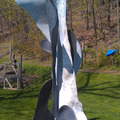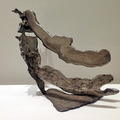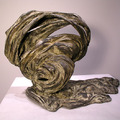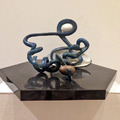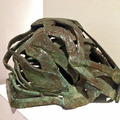
INFORMATION
- Home
- About Us
- Contact
- News
- Observations
- Catalogues
- Events and openings
- Sculpture Garden
-
Reviews
- Phillip Adams
- Natalie Alper
- Harry Bertoia
- David Borgerding
- Barbara Bullock
- Anne Canfield
- Joan Wadleigh Curran
- Brian Dickerson
- Martha Mayer Erlebacher
- James Fee
- Leon Golub
- Robert Goodman
- Sidney Goodman
- Paul Klee Sale
- Michael Morrill
- Rebecca Saylor Sack
- Hiro Sakaguchi
- Amanda Stark
- Victor Vazquez
- Kelly Wallace
- Isaac Witkin
- Seraphin Gallery Shows
- Reviews Front Page
- Submissions
- Opportunities
PHOTOGRAPHY
OTHER WORKS BY
-
Artists
- Asian Works
- John Altoon
- Walter Darby Bannard
- James Brooks
- Ward Davenny
- Martha Mayer Erlebacher
- Sam Gilliam
- Leon Golub
- Sidney Goodman
- Anabell Guerrero
- Sidney Goodman
- Grace Hartigan
- Paul Klee
- Ken Mabrey
- Willem de Kooning
- Peter Miller
- Latin American Works
- Walter Tandy Murch
- Louise Nevelson
- Lisette Model
- Jules Olitski
- Ray Parker
- Horrace Pippin
- Larry Poons
- Catherine Prescott
- Robert Rauschenberg
- Larry Rivers
- Laura Sallade
- Nancy Sophy
- Benton Spruance
- Kate Stewart
- Tony Ward
- Max Weber
- Peter Zelle
MAJOR 20TH CENTURY WORKS
TRAVELING EXHIBITIONS


